Report this entry
More from the same community-collection
Victoria Sinclair and Shelley Mozelle
Victoria Sinclair to the left of the image and Shelley Mozelle ...
Kitchen, Hilton Hotel, El Paso, TX circa 1935
The image shows the kitchen and the cooking staff of the Hilton ...
Lydia Patterson Institute, El Paso, Texas
The photograph shows the Lydia Patterson Institute in El Paso, a ...
Entrance To Hall Of The Given´s Home
The photograph shows the entrance hall and staircase of Charles ...
Nurses of Masonic Hospital, El Paso, TX circa 1930
The photograph shows nurses of the El Paso Masonic Hospital. ...
Cornelia Love, College of Mines Beauty
Cornelia Love was the College of Mines (now UTEP) beauty in the ...
























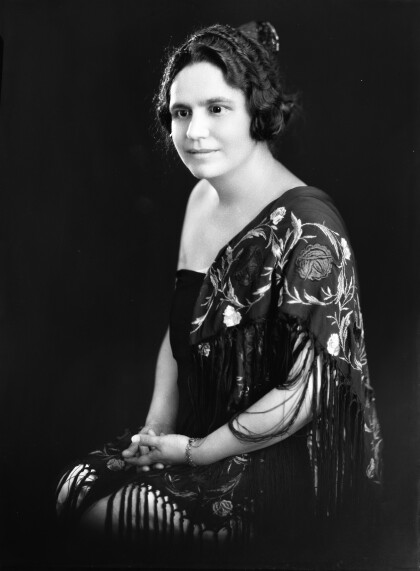
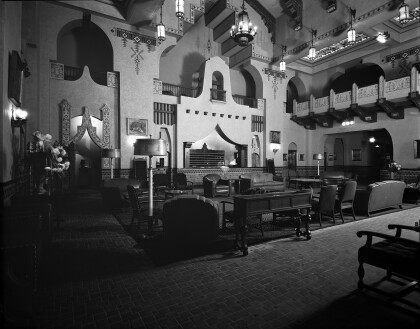
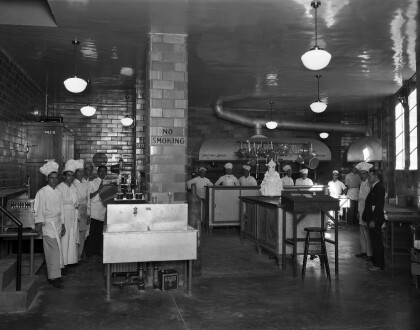
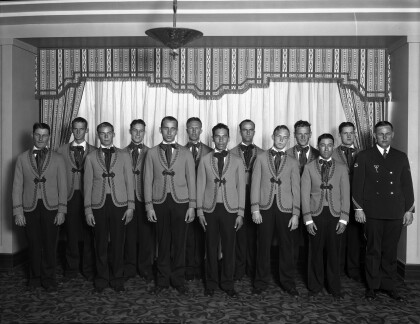
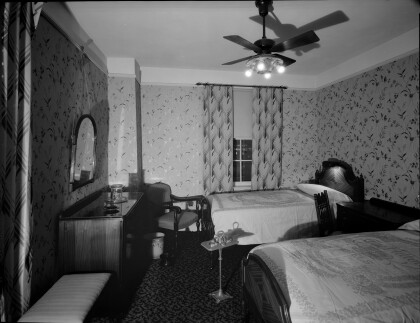

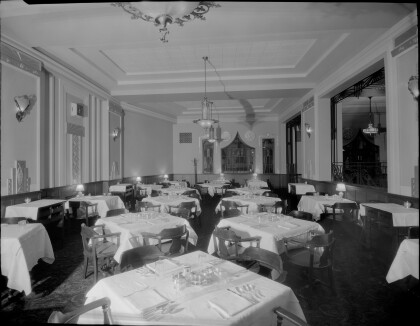
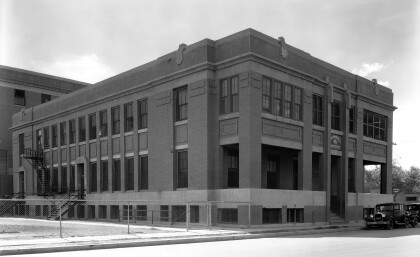
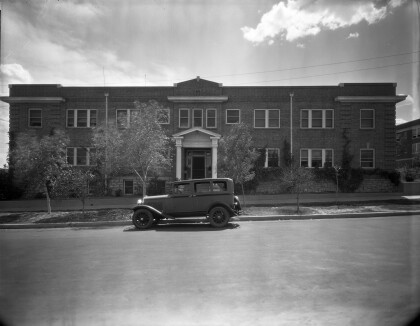
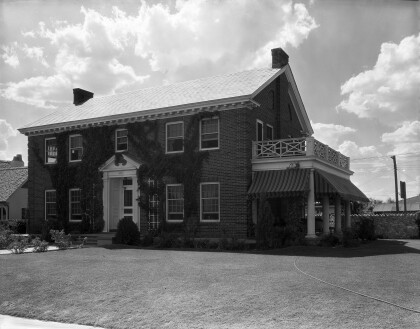
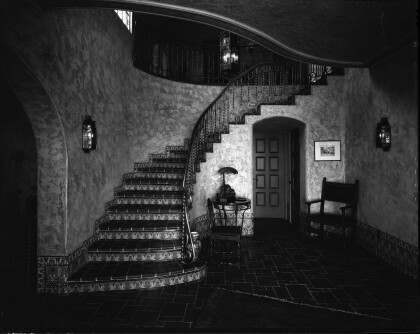
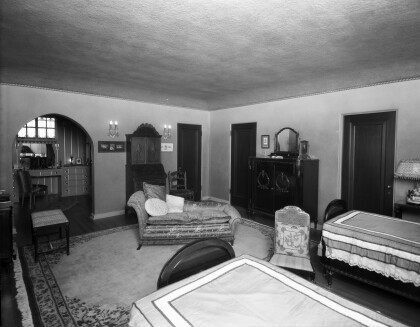
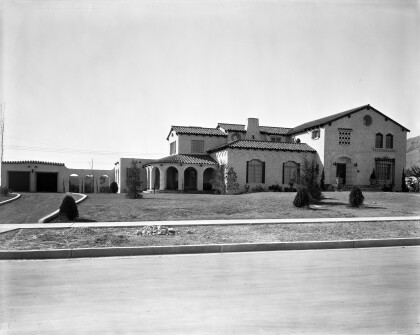
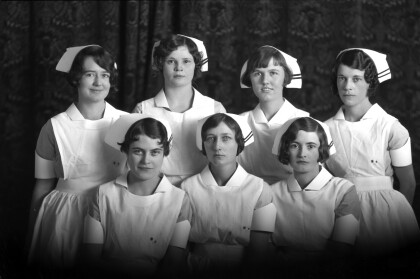
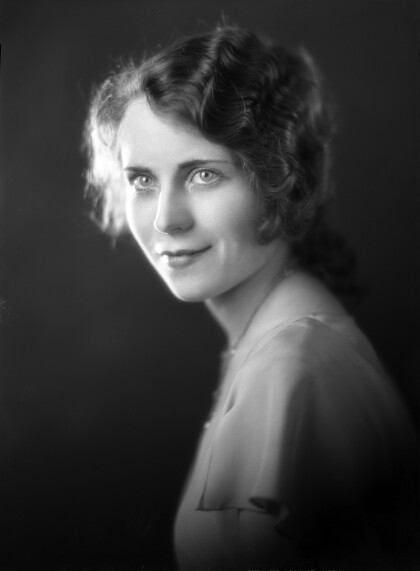
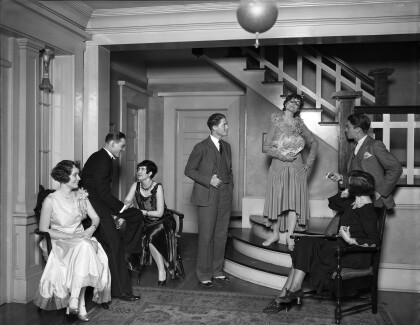
Comments
Add a comment